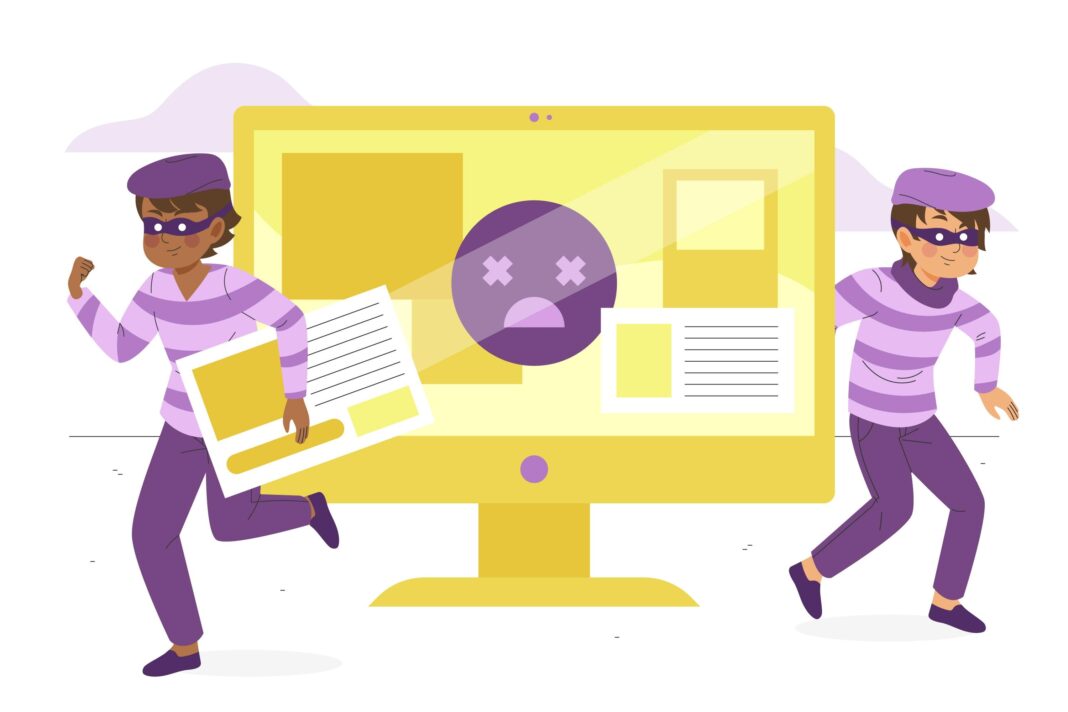The Marriott data breach is one of the most significant cybersecurity incidents in recent history, affecting millions of guests and exposing sensitive personal information. This article delves into the details of how the breach occurred, the vulnerabilities exploited, and the lessons we can learn to prevent similar incidents in the future. By understanding the Marriott breach, organizations and individuals can better protect themselves against cyber threats.

The Marriott Data Breach
What Happened in the Marriott Data Breach?
In 2018, Marriott International announced that its Starwood guest reservation database had been compromised. The breach exposed the personal information of approximately 500 million guests. The stolen data included names, mailing addresses, phone numbers, email addresses, passport numbers, and even payment card information. The breach was traced back to 2014, but it went undetected for four years.
How Did the Breach Occur?
The breach was the result of a sophisticated cyberattack on Starwood’s reservation system. Attackers gained unauthorized access to the network and installed malware to extract data over several years. The breach was only discovered when Marriott acquired Starwood in 2016 and conducted a thorough review of its systems. The attackers exploited vulnerabilities in Starwood’s IT infrastructure, including weak encryption and outdated security protocols.
Who Was Affected by the Breach?
The breach primarily affected guests who made reservations at Starwood properties, including brands like Sheraton, Westin, and W Hotels. Both leisure and business travelers were impacted, with many individuals unaware that their data had been compromised until Marriott’s public announcement.
The Vulnerabilities Exploited in the Marriott Breach
Weak Encryption Practices
One of the critical vulnerabilities exploited in the Marriott breach was weak encryption. The attackers were able to decrypt sensitive information because Starwood’s encryption protocols were outdated and insufficient to protect against modern cyber threats. This highlights the importance of using strong, up-to-date encryption methods to safeguard data.
Lack of Network Segmentation
Another vulnerability was the lack of network segmentation. Starwood’s IT infrastructure allowed attackers to move laterally across the network once they gained initial access. Network segmentation could have contained the breach and limited the damage by isolating sensitive data from other parts of the network.
Delayed Detection and Response
The breach went undetected for four years, allowing the attackers to continuously extract data. This delay in detection was due to inadequate monitoring and response mechanisms. Organizations must invest in advanced threat detection tools and establish robust incident response plans to identify and mitigate breaches promptly.
Lessons Learned from the Marriott Data Breach
The Importance of Regular Security Audits
One of the key lessons from the Marriott breach is the importance of regular security audits. Organizations should conduct comprehensive reviews of their IT systems to identify and address vulnerabilities before they can be exploited. Regular audits can help ensure that security measures are up to date and effective.
Implementing Strong Encryption
The breach underscores the need for strong encryption practices. Organizations must use advanced encryption methods to protect sensitive data, both in transit and at rest. Encryption should be a fundamental component of any cybersecurity strategy.
Enhancing Network Segmentation
Network segmentation is a critical defense mechanism against cyberattacks. By dividing the network into smaller, isolated segments, organizations can limit the spread of breaches and protect sensitive data. Implementing network segmentation should be a priority for businesses of all sizes.
Investing in Threat Detection and Response
The Marriott breach highlights the importance of investing in advanced threat detection and response capabilities. Organizations should deploy tools that can monitor network activity in real-time and alert security teams to potential threats. Additionally, having a well-defined incident response plan can help mitigate the impact of breaches.
Educating Employees and Customers
Human error is often a contributing factor in data breaches. Organizations should educate employees and customers about cybersecurity best practices, such as recognizing phishing attempts and using strong passwords. Awareness and training can significantly reduce the risk of breaches.
FAQs About the Marriott Data Breach
What Information Was Stolen in the Marriott Breach?
The stolen information included names, mailing addresses, phone numbers, email addresses, passport numbers, and payment card details. In some cases, encrypted payment card information was also compromised.
How Long Did the Breach Go Undetected?
The breach went undetected for four years, from 2014 until its discovery in 2018. This prolonged period allowed the attackers to continuously extract data.
What Steps Did Marriott Take After the Breach?
Marriott notified affected guests, offered free credit monitoring services, and worked with law enforcement to investigate the breach. The company also implemented enhanced security measures to prevent future incidents.
Can Affected Guests Take Legal Action?
Yes, affected guests have filed lawsuits against Marriott, alleging negligence in protecting their personal information. Some cases have resulted in settlements, while others are still ongoing.
How Can Individuals Protect Themselves After a Data Breach?
Individuals should monitor their credit reports, change passwords for online accounts, and be cautious of phishing attempts. Using two-factor authentication and credit monitoring services can also help protect against identity theft.
Conclusion
The Marriott data breach serves as a stark reminder of the importance of robust cybersecurity measures. By understanding how the breach occurred and the vulnerabilities exploited, organizations can take proactive steps to protect their data. Regular security audits, strong encryption, network segmentation, and advanced threat detection are essential components of a comprehensive cybersecurity strategy. Additionally, educating employees and customers about cybersecurity best practices can help reduce the risk of future breaches. The lessons learned from the Marriott breach can guide organizations in strengthening their defenses and safeguarding sensitive information.

